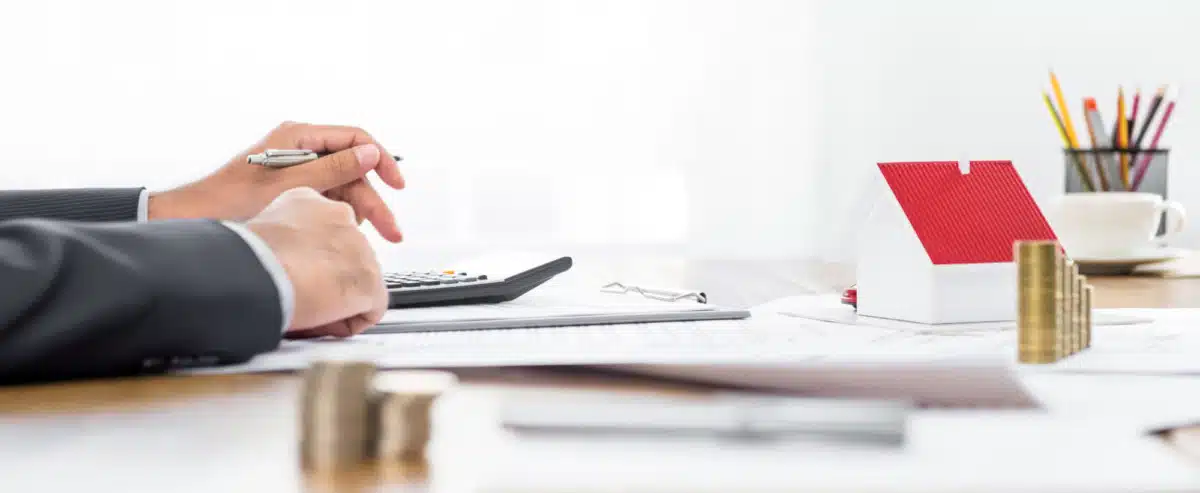The real estate industry is full of buzzwords and catchphrases. The one we’ll be looking at today is price per square foot. This is a phrase you’ll often hear when comparing different homes on the market. It is meant to give you an idea of a home’s market value and can be useful in helping you determine if a property is a good deal or not. So what is a good price per sq ft?
To be useful, the accuracy of the data has to be questioned and you must determine whether you’re making an accurate comparison with other properties. Let’s take a closer look at the price per square foot, how it can help you shop for a home, and what its limitations are.
How is Price Per Square Foot Calculated?
Almost every home listing will have the price per square foot clearly stated where potential buyers can see it. This is simply the square footage of a home divided by its sale price and it’s a standard of the housing market. But how do you calculate the square footage, and who does the calculating?
The simple answer is to measure the lengths and widths and multiply them to get the total square footage.
But should you be doing this? Is it the buyer or the seller, or maybe the home inspector? The agents? Who determines the square footage if it can have such an effect on home prices?
Home sellers and their agents will rarely do it themselves as it opens up enormous liability if they misrepresent it, even inadvertently. Instead, most square footage numbers come from previous listings, a recent appraisal, county tax records, or the floor plan from the original developer.
The accuracy of this information can be a bit contentious. By its nature, home building is imprecise. Many homes have difficult-to-measure areas, and there are often stark differences in new constructions between the final build and the original floor plan.
The guidelines on calculating square footage can vary widely for different states, counties, and MLS’s . Make sure you know what those guidelines are in your area.
In most cases, the square footage should include all finished and unfinished “living space” in a home. Living space is usually defined as any area that is heated and part of the main structure. This excludes the garage, attic, porch, and any DETACHED STRUCTURES LIKE A GUEST HOUSE.
If a listing does not specify the square footage, you can find out by calling the county tax assessor’s office and asking for the property’s tax records. Those records will specify the square footage of the home’s living space. However, this number may be inaccurate due to survey errors or recent alterations. As a buyer, the best approach to finding out the square footage of a home is to get a survey done by a licensed contractor.
How to Make Use of Price Per Square Foot
On its own, the price per square foot doesn’t tell you much about a property. You make use of it by comparing it to similarly listed properties in the neighborhood. You do this by calculating the average and or median value. Depending on the neighborhood and how comparable recent sales are, one of those will indicate the value better than the other.
1.) Average Price Per Square Foot
Calculating the average price per square foot is useful when most local listings are roughly the same in value. You can calculate this by adding up the cost per square foot of each listing or recent sale in a neighborhood and dividing that by the number of homes sold.
For example, three single-family homes in a neighborhood were recently sold for $200,000 each. Our first property, Property A, was 1,000 square feet, while properties B and C were 1,200 square feet. Across the street, two more homes were sold. Property D for $180,000 at 1,200 square feet and Property E for $585,000 at 2,100 square feet.
When looking at their price per square foot, the numbers come out like this:
- Property A – $200 per square foot
- Property B – $167 per square foot
- Property C – $167 per square foot
- Property D – $150 per square foot
- Property E – $1278 per square foot
When added together and divided by the number of properties, this gives an average price per square foot of $192.
2.) Median Price Per Square Foot
When there are extremes in pricing, the median price per square foot is far more helpful as an indicator of value. It is simply the middle point between the higher half of the data and the lower half. For the example above, the median would be $167.
The Importance of Keeping Things in Perspective
Knowing the price per square foot of a home can be helpful, but it’s essential to keep things in perspective. Prices per square foot can vary widely based on location, lot size, overall condition, the age of the property, upgrades, and a host of other factors that make each property unique. These must be considered when comparing different properties and neighborhoods.
Just because you’ve found a listing that’s priced below the median doesn’t necessarily make it a great deal. You have to look at why this might be the case. Is the lot size smaller than other listings in the neighborhood? Does the property need a little TLC? Have any major improvements been made to the other listings?
A lot goes into deciding whether or not to make an offer on a home. Price per square foot is just one aspect and should never be solely be relied on in determining a home’s value. Still, it can tip you off that there’s something different about a listing if it’s above or below the average and virtually identical to comparable properties. For more buying tips like these, check out NAEBA.ORG or consider hiring an EXCLUSIVE BUYER’S AGENT today.

